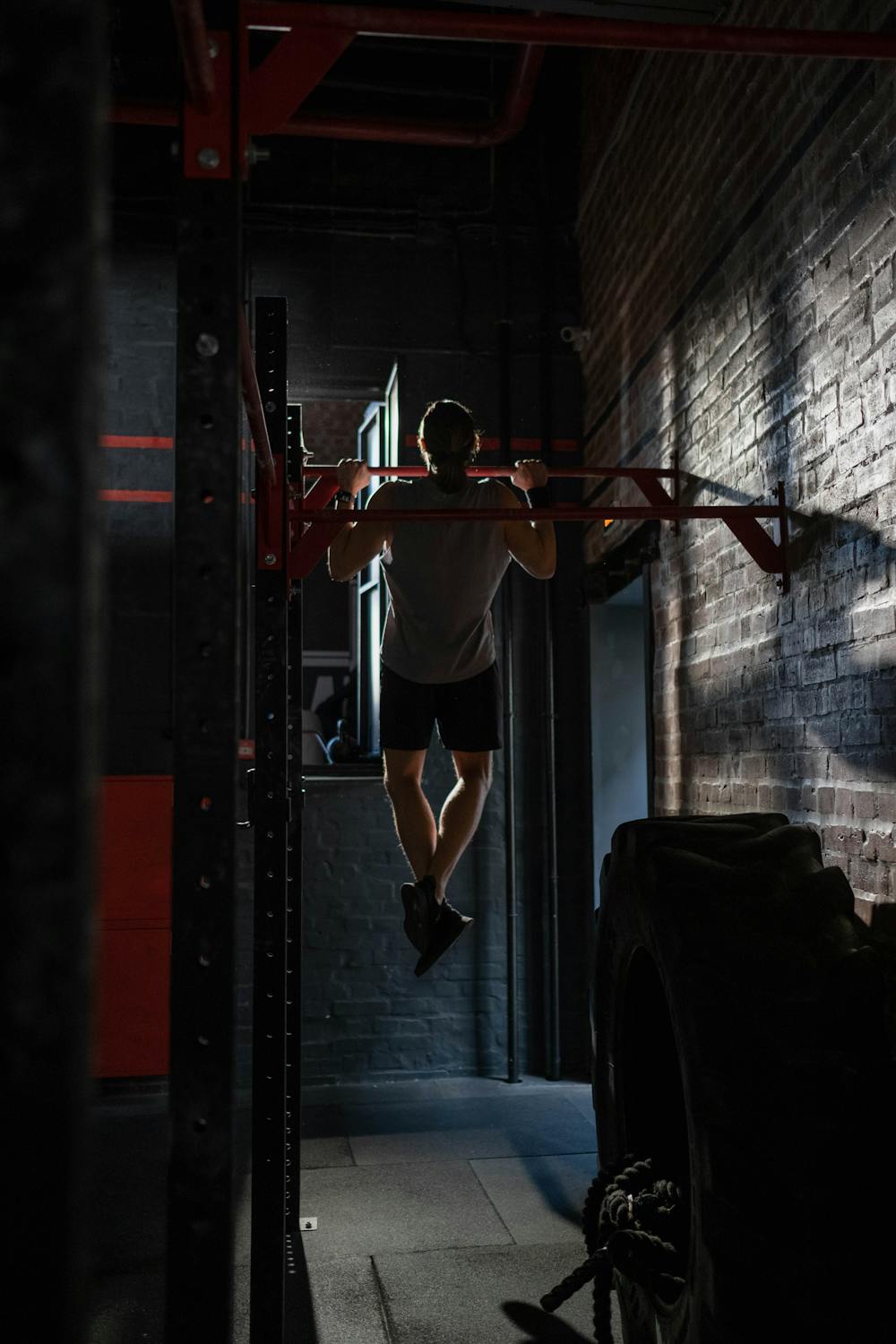
4 Key Tips for Improving Back Development
If you are a bodybuilder (and chances are you’re here because you are one) then you understand the importance of symmetry as it pertains to the development of our physique. From left to right and from front to back, every muscle group should be developed in harmony with one another so that a perfectly balanced and pleasing to the eye physique can be attained. For most of us, this is what we spend the majority of our lives trying to accomplish and for some, we fall short, while for others they do very well within this task and go on to win lots of championships, trophies and even prize money. If the latter is something you are after, then you have to settle in with the notion that in competitive bodybuilding, shows are won from the back, so in saying that, if you’re struggling in the back development department, here are 4 key tips you can employ right now within your training that will significantly contribute to improving the back half of your physique.
Tip #1: Pay Attention to Frequency/Volume and its Response
For starters, you should know that you simply cannot train each body part the same way, meaning using the same types of stimuli (rep schemes, training principles, loads etc.) and think that each body part will just grow at the same rate. That in itself is a fool’s errand and if you find that your back, or any body part for that matter, is lagging behind in its development, the first thing you should address is your training frequency and/or training volume of that muscle. Chances are you’re either not training that muscle group enough or you’re not applying enough stimulus to the muscle within your training session itself. In rare instances, some people are in fact over training a certain area of their physique but that usually isn’t the case. For back, you can do a couple of things: you can either add an extra back day in your rotation that hits everything in that area in its entirety or you can split your back training up into a width day and a thickness day or you can just simply add in more exercises to the plan. Look at what you’re doing now and then consider these things.

Tip #2: Light Weight Baby
To build a back you most definitely have to use heavier weights BUT only if you’re ready for them. Many times over, people will skip the whole connecting to the muscle part, and get right into trying to pull as much weight off the floor as humanly possible. Or they’ll pin the whole stack and start performing their own version of a lat pull down. Those who have great backs are the same people who connect with those muscles quite readily and can feel every bit of the concentric and eccentric movements in the exercises they use. How do you do this? Well, you lighten up on the weight you’re using until you actually feel the muscle from the fully lengthened position to its fully contracted state. Then, and only then, do you start increasing the loads slowly so as to maintain that mind-muscle connection while addressing the adaptation process that needs to occur by progressively overloading the muscle with more weight. So, stop trying to be a hero and start connecting to the muscles that make up your back.
Tip #3: Think of Your Hands as Hooks
This is a relatively basic sort of principle here and one that most seasoned vets in our sport already understand, but it’s important to sometimes give a little refresher on this if you’ve lost that connection to your back or if you’re working with beginners. When you’re training your back, there is nothing more important than the elbow drive when it comes to contracting and squeezing the lats. In order to maximize this, forget about the fact that you have opposing thumbs, forearm muscles and biceps on both arms and instead, think of your hands as the hooks that will allow you to move weight towards the midline of your body, from any direction, by driving your elbows down and/or back. That’s the trick here and if you can do this, you will eliminate any excess help you might receive from your arms to move the weight and place the majority of the work on your back and lats to execute the movement.

Tip #4: You Don’t Have to Dead Lift
This is a tip that I personally wish I had been given long ago when things started getting serious for me and my own bodybuilding, and that’s the idea that you don’t have to perform dead lifts to improve your back development. Yes, it does contribute to back growth and thickness for sure, there is no debate around that, it’s just that dead lifts are not the be all end all for back development. For many years, I was told it was and believed it was and in the course of doing so, was able to pull some pretty good weight up off the floor. This gave me some short-term gain and a lot of long term pain. If I could go back in time, I would tell myself to place less emphasis on dead lifts and more emphasis on using ALL of the different exercises/machines there are for building up the back, hit it from lots of different angles, make use of all the cool and different handles there are for cable work and again, focus on feeling the back work. But because I didn’t do any of that to the degree I should have, I’m paying for it and most likely, you will too one day.
Back day is a great day in the gym and many of you feel that same way too. It’s an opportunity to play around with angles, get a good mix of free weights, machines and cable stuff going on, a day to really challenge yourself with finding ways to connect to muscles that aren’t readily or easily viewed while training and it’s a chance to try out our KAMIKAZE pre-workout if you do decide to max out on dead lifts and see if you can actually beat gravity. It’s also a day you have to take seriously if you’re trying to get to the top in our sport and by incorporating the tips mentioned above, you’ll at the very least, be giving yourself a fighting chance and that’s about all you can ensure for yourself when competing in bodybuilding. So, train hard, train smart, give yourself a kick with Kamikaze when you need it, and I hope to see you collecting those trophies in the near future.
Author: Dana Bushell
Dana Bushell, a graduate of St. Francis Xavier University (BAHK, B.Ed) is an Educator, Writer, Strength and Conditioning Coach, Nutrition Advisor, Contest Prep/Lifestyle Coach and former competitive bodybuilder, who has been involved in the Fitness Industry for over 25 years. He has worked and written for major fitness publications and many popular bodybuilding sites, is a Gym Star Team member and works hard at teaching and promoting a fitness-based lifestyle in his career as a Physical Education Specialist.
You may also like these articles:
5 Forgotten Benefits of Being a Bodybuilder
6 Key Factors for Increasing Intensity
6 Movement Tips to Enhance the Training Stimulus



